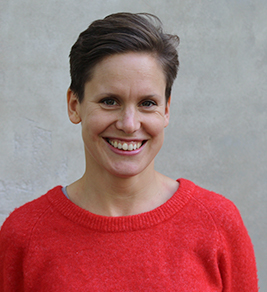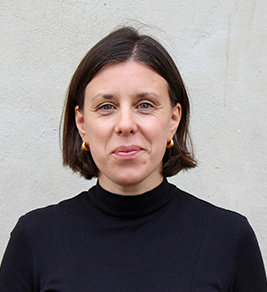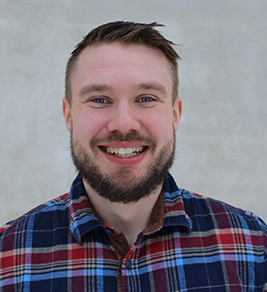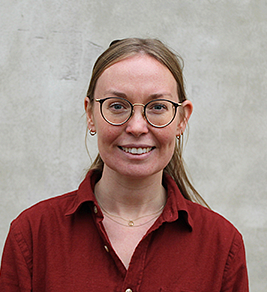The phenomenon of spending time in a second home—a sommerhus, sumarhús, mökki, hytta or fritidshus—is an expression of the high quality of life in the Nordic countries. Estimations suggest that around half of the Nordic population have access to a second home via ownership, family or friends, and these ‘rural’ second homes are increasingly used all year round. The dominant understanding of the Nordic region is ongoing urbanisation, where people move from rural areas to urban centres.
The analyses in this study nuance this understanding as there is also mobility from urban permanent homes to rural second homes ongoing throughout the year. This policy brief presents possibilities for how spatial planning can include second home users and seasonal tourists more directly as a factor for local development, in statistics and through proactive spatial planning.
In the project “Urban-rural flows of seasonal tourists – local planning challenges and strategies”, five Nordic municipalities with some of the highest amounts of second homes were chosen for in-depth analysis: Odsherred, Denmark; Pargas, Finland; Grímsnes og Grafsningshreppur, Iceland; Nore og Uvdal, Norway; and Härjedalen, Sweden.
This policy brief summarises the project Urban–rural flows from seasonal tourism and second homes: Planning challenges and strategies in the Nordics funded by the Nordic Council of Ministers’ Nordic Thematic Group on Sustainable Cities and Urban Development. A report has previously been published.





